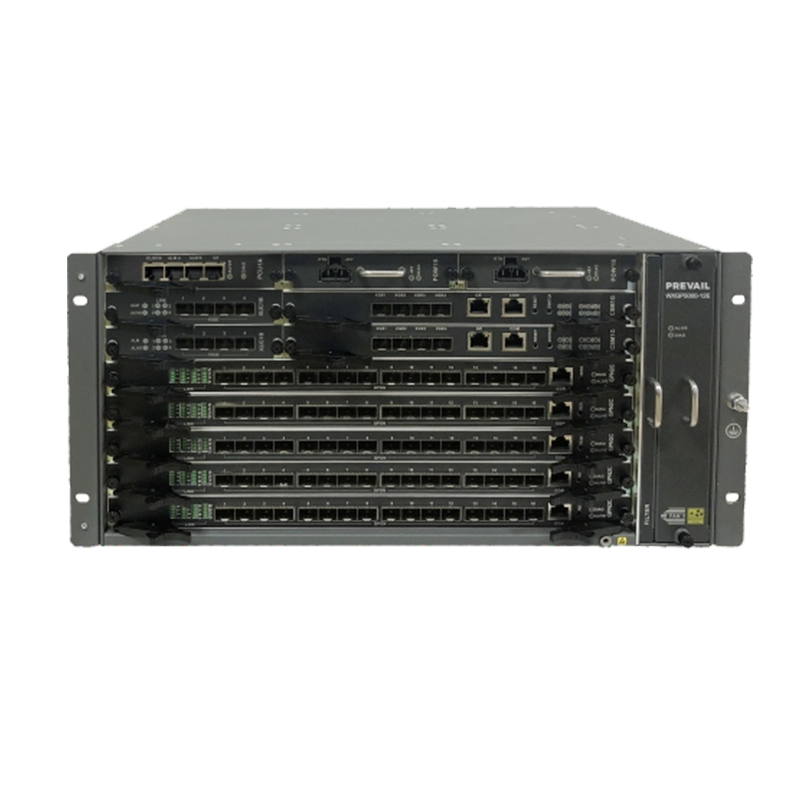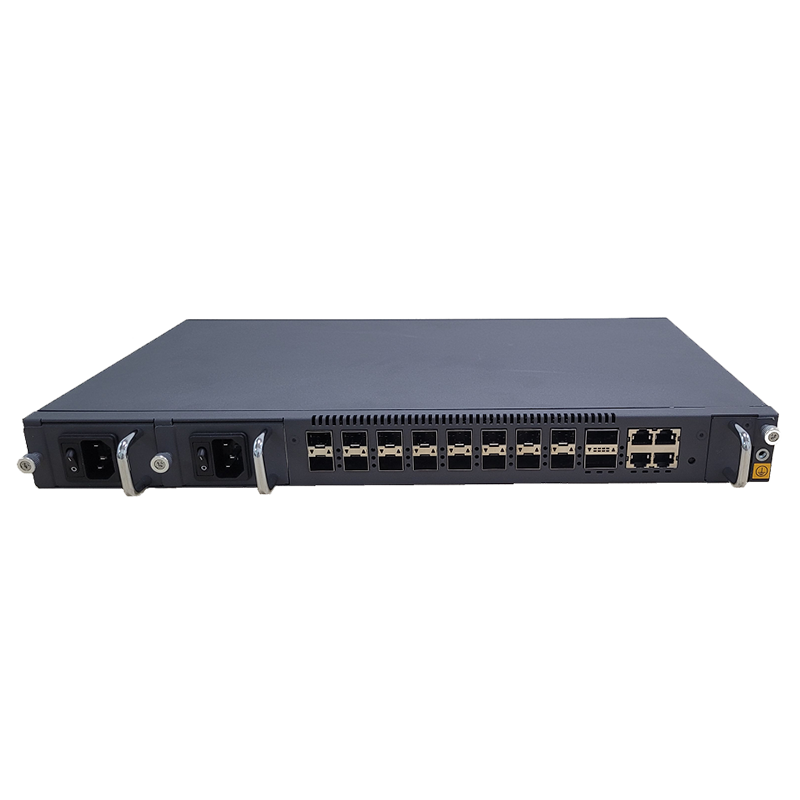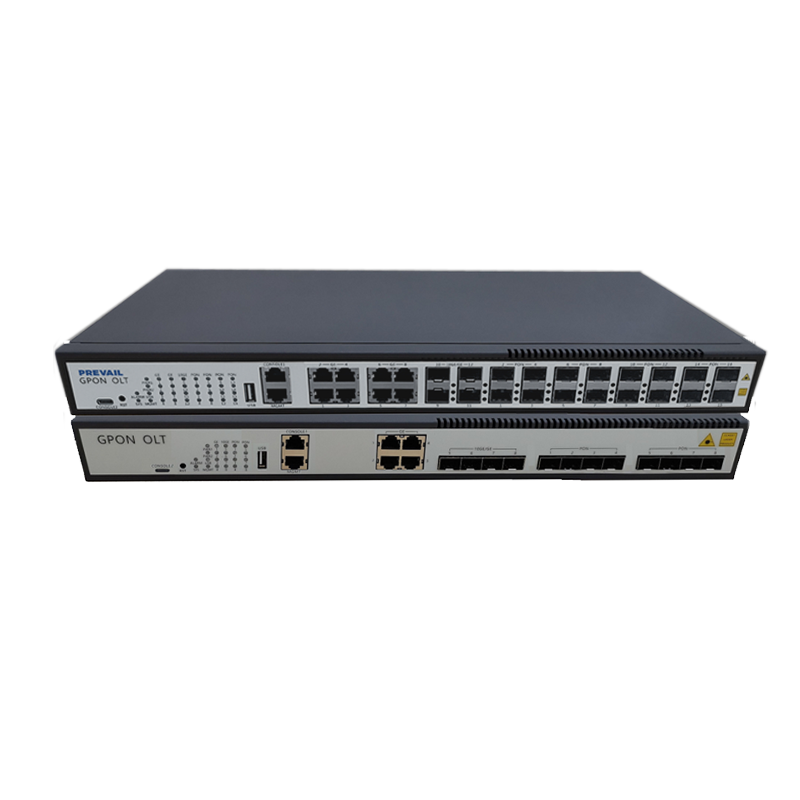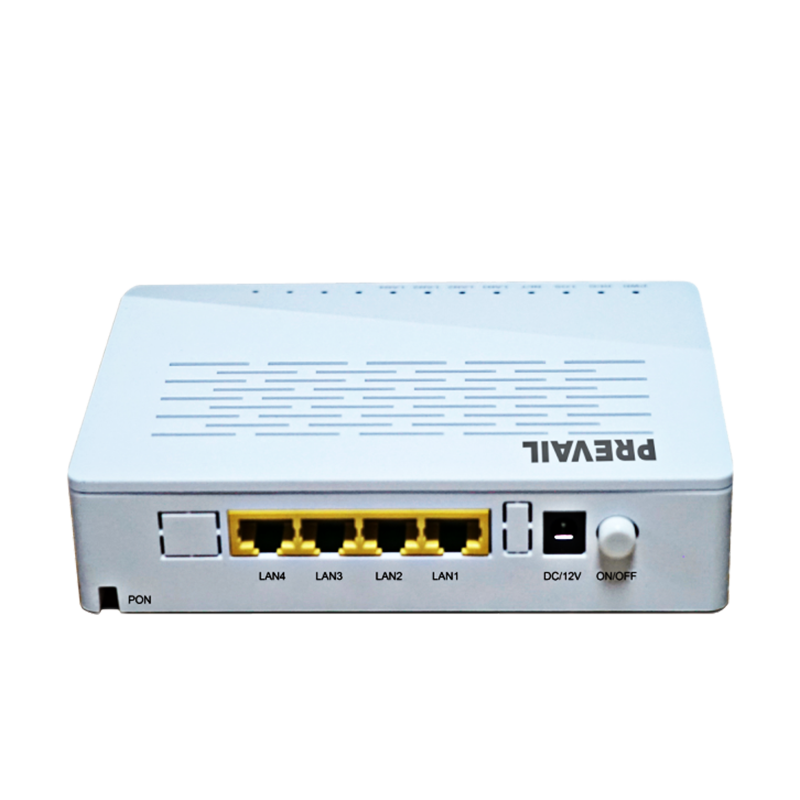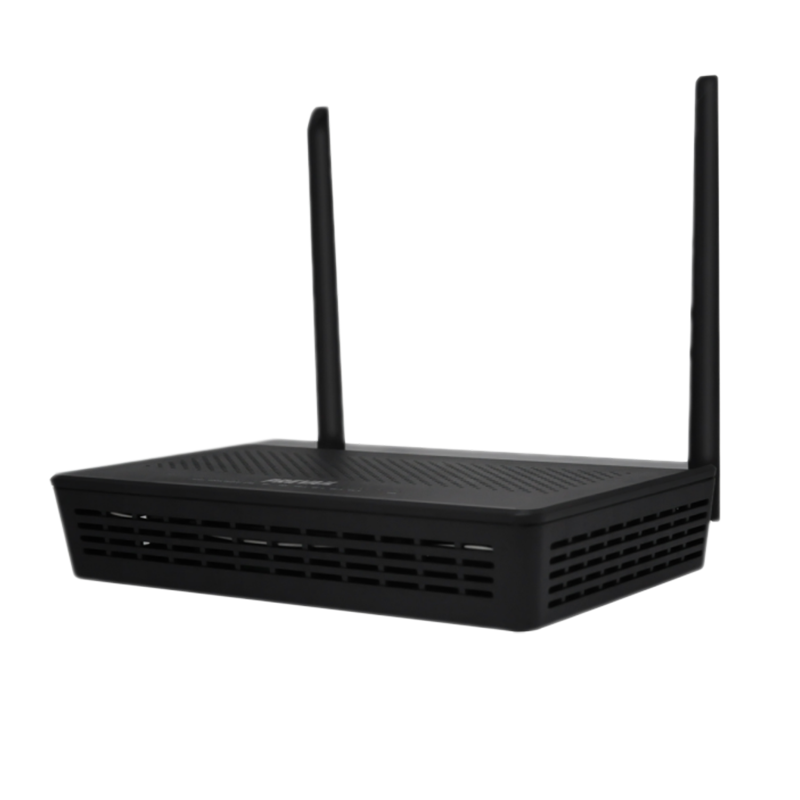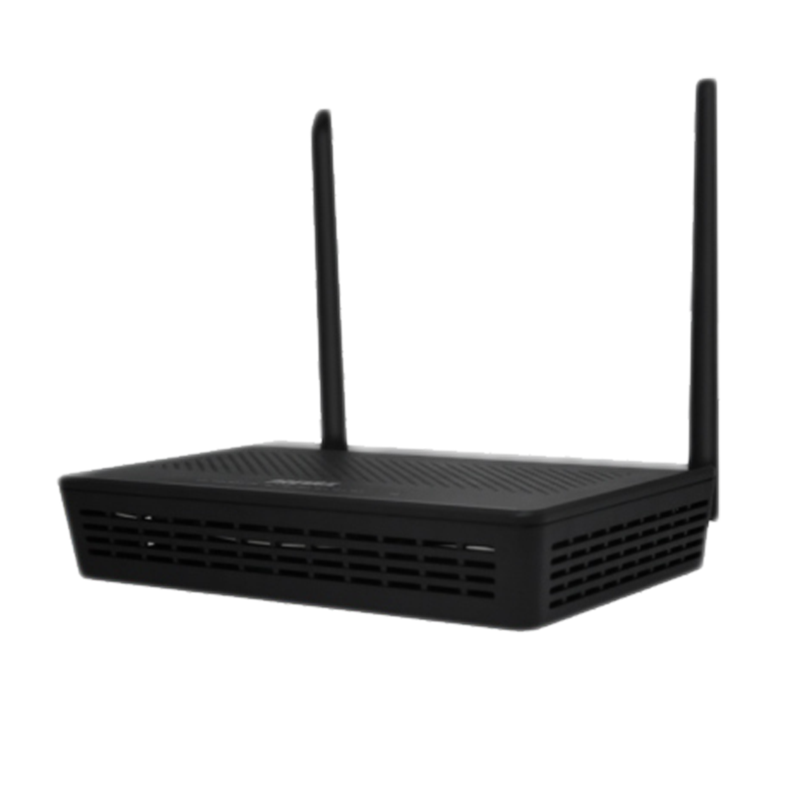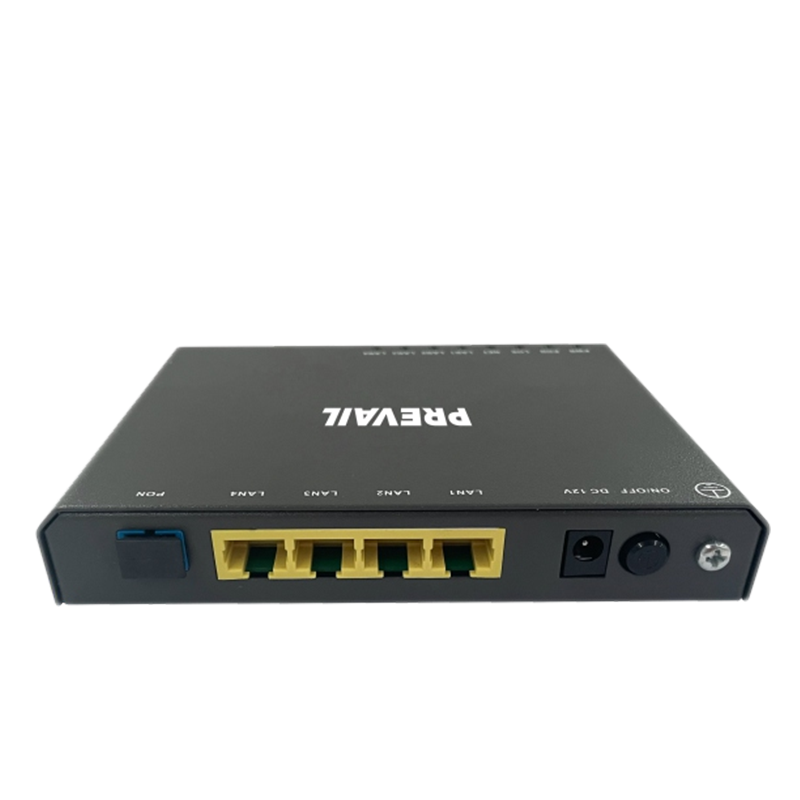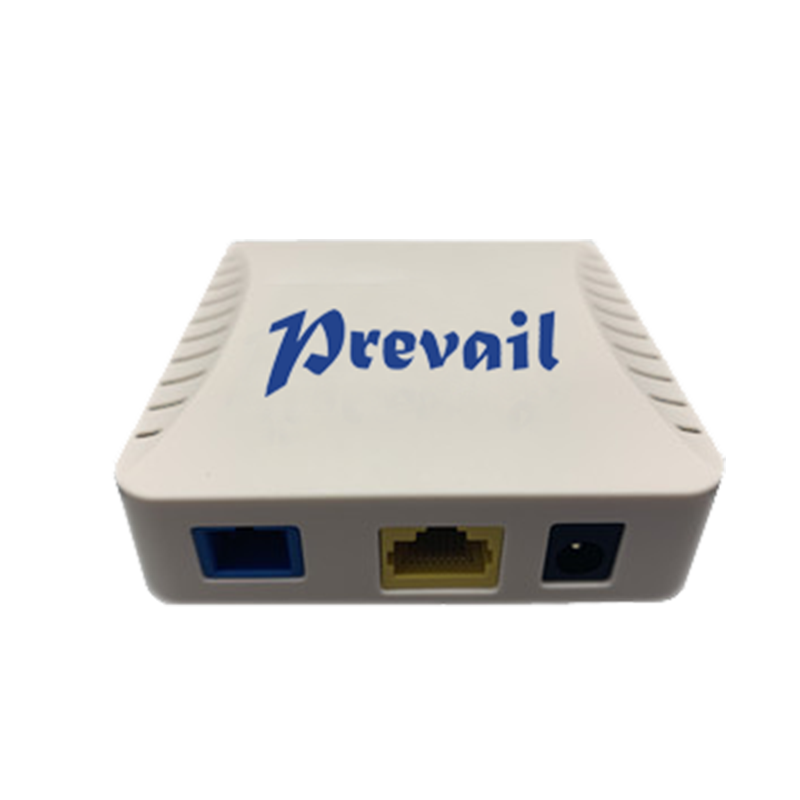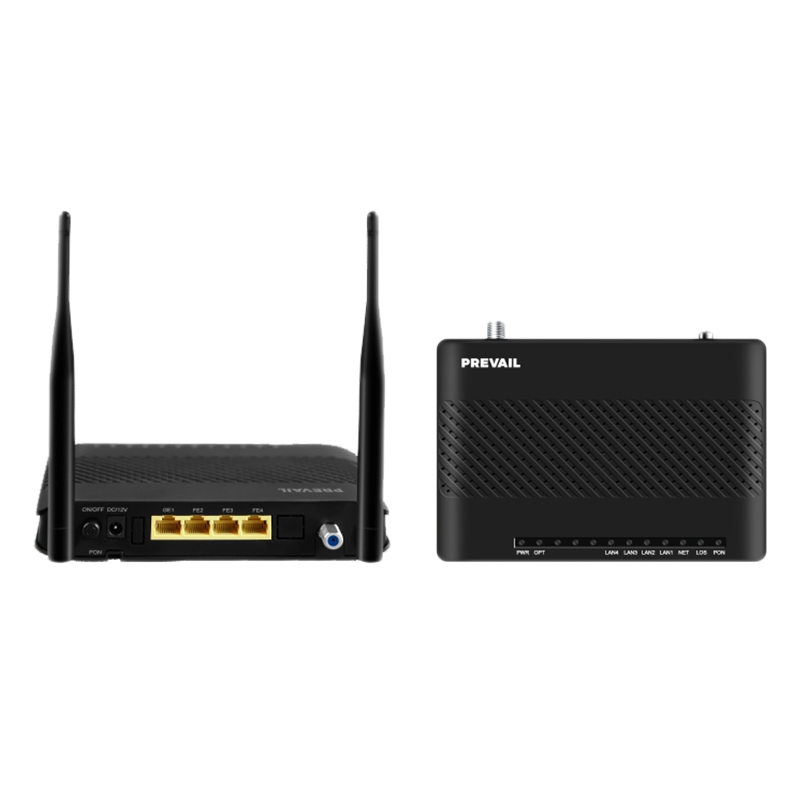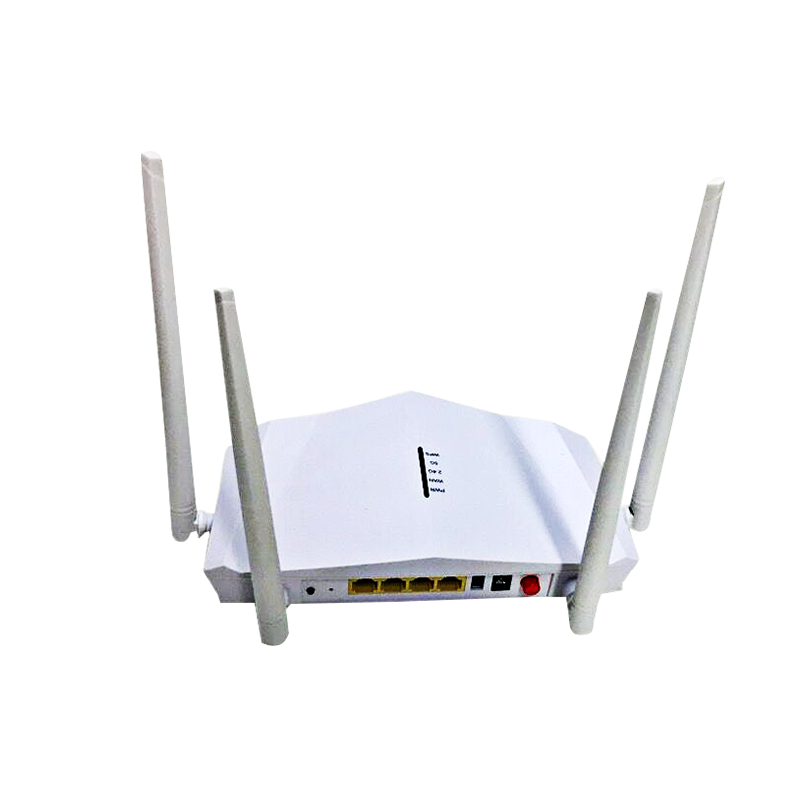How does HFC transmission equipment handle signal interference and noise?
In the bustling world of telecommunications, where data streams intertwine and signals traverse vast networks, maintaining signal integrity is paramount. Amidst this intricate dance of information, HFC transmission equipment emerges as a stalwart guardian, wielding a suite of sophisticated techniques to conquer the challenges of signal interference and noise.
At its core, HFC technology is a fusion of analog and digital transmission methodologies, harnessing the prowess of coaxial and optical cables alongside radio frequency wizardry. This amalgamation heralds a new era of connectivity, seamlessly integrating telecommunications and cable television networks into a unified conduit for communication services. Yet, within this convergence lies the perennial struggle against signal degradation – a battle fought and won through meticulous engineering and innovative strategies.
Frequency Allocation and Spectrum Management
HFC networks are masterfully orchestrated symphonies of frequency allocation, where each service is assigned its exclusive domain within the spectral realm. Television, internet, and telephony gracefully coexist within their designated frequency bands, meticulously partitioned to minimize the specter of interference. This meticulous spectrum management ensures that signals traverse the network unhindered, shielded from the cacophony of competing frequencies.
Shielding and Grounding
Coaxial cables, the lifeblood of HFC networks, are fortified bastions against the onslaught of external interference. Clad in layers of shielding, these cables stand as bulwarks against the incursion of electromagnetic disturbances, preserving the sanctity of the transmitted signals. Grounding, a cornerstone of electrical engineering, further fortifies the network, dissipating stray currents and fostering an environment of stability amidst the tempest of noise.
Forward Error Correction (FEC)
In the realm of data transmission, errors are an inevitability – a fact not lost on the architects of HFC technology. Enter Forward Error Correction, a guardian angel of digital signals, endowed with the power to detect and rectify errors with unwavering precision. Through the judicious addition of redundancy, FEC bestows upon signals the resilience to withstand the ravages of noise, ensuring their safe passage through the labyrinthine corridors of the network.
Amplification and Equalization
Optical transmitters and receivers, akin to sentinels perched atop the network's towers, stand vigilant against the encroachment of attenuation. Armed with the twin tools of amplification and equalization, they tirelessly amplify signals and sculpt their frequencies to surmount the hurdles of distance and distortion. Through their tireless efforts, the integrity of signals is preserved, undiminished by the rigors of transmission.

Digital Signal Processing (DSP)
In the crucible of noise, where signals contend with the whispers of interference, Digital Signal Processing emerges as a beacon of hope. Armed with an arsenal of algorithms, DSP techniques unravel the tangled skein of signals, separating the wheat from the chaff with surgical precision. Filtering out unwanted noise and enhancing signal clarity, DSP ensures that the voice of communication resonates clear and true.
Physical Network Design
Beneath the veneer of technological marvels lies the foundational bedrock of physical network design – a tapestry woven with care and foresight. Through judicious placement of equipment, meticulous routing of cables, and prudent isolation of signal paths, the network's architects erect barriers against the encroachment of noise. Every inch of cable, every node, bears witness to the meticulous craftsmanship that underpins the network's resilience.
Regular Maintenance and Monitoring
In the ever-shifting landscape of telecommunications, vigilance is the watchword. Through the lens of regular maintenance and monitoring, operators stand as custodians of signal integrity, ever watchful against the specter of degradation. Continuous vigilance affords them the foresight to detect and address potential issues before they blossom into crises, ensuring the seamless operation of the network.
In the crucible of signal interference and noise, HFC transmission equipment stands as a beacon of resilience and reliability. Through the judicious application of frequency management, shielding, error correction, amplification, equalization, signal processing, and meticulous network design, it navigates the labyrinthine corridors of telecommunications with unwavering resolve. In its wake, clarity reigns supreme, ensuring that the voice of communication resonates clear and true amidst the tumult of the digital age.





